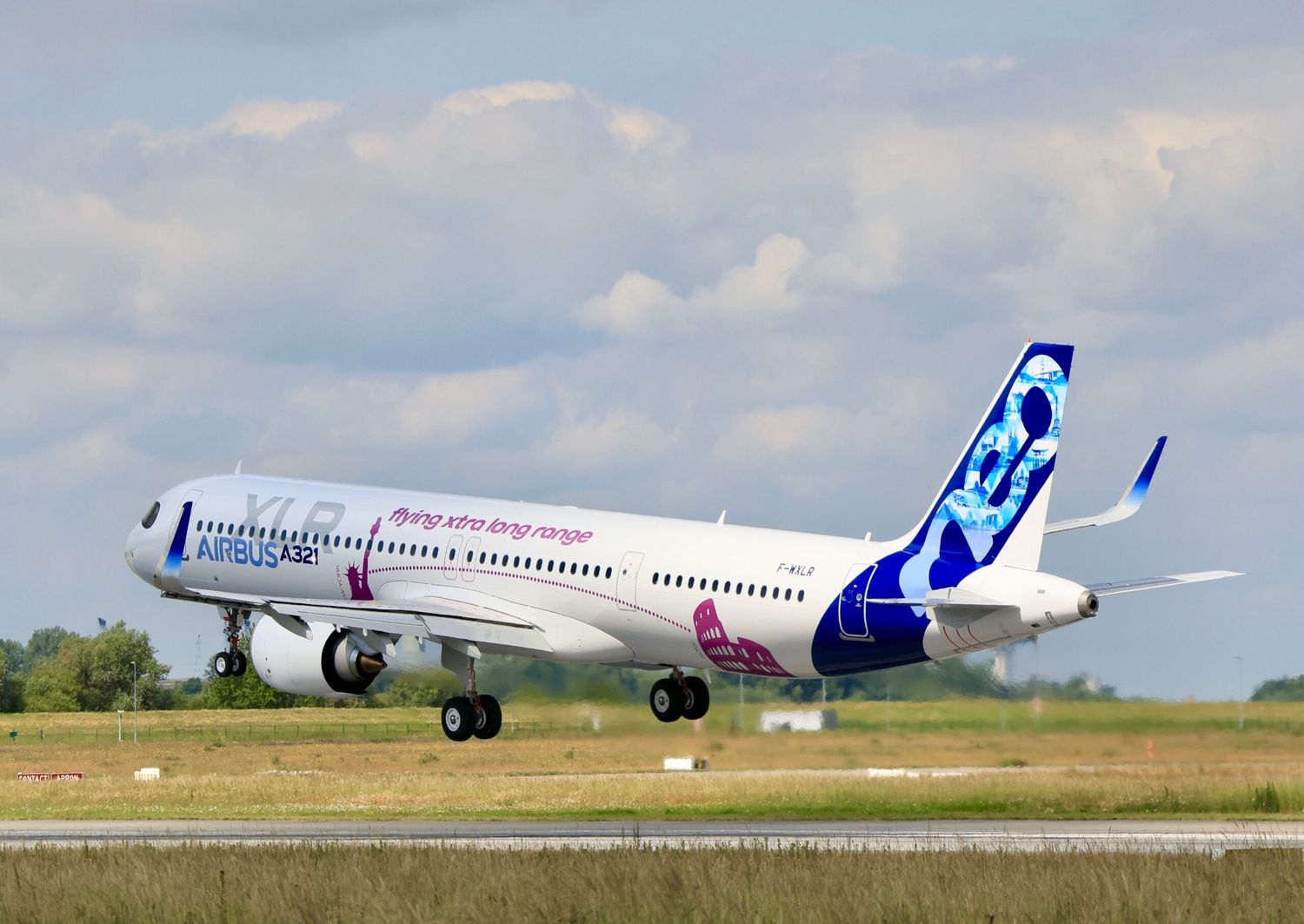In a recent development concerning Airbus‘s eagerly anticipated A321XLR, the aircraft manufacturer has reportedly been wrestling with a shortfall in the aircraft’s expected range. The adjustment is a result of agreements reached with European regulators concerning necessary design safeguards, an essential step towards achieving certification for the new long-range, single-aisle aircraft.
According to industry insiders cited by Reuters, the setback has compelled Airbus to provide customers alternative options such as the larger A330neo to bridge the gap in anticipated performance. However, Airbus downplayed the concerns and indicated that the A321XLR would maintain its unique range advantage in the single-aisle segment.
The A321XLR was unveiled in 2019 to capitalize on the success of the A321neo jet and to counter Boeing’s plans for a new mid-market jet, which were subsequently abandoned. The aircraft gained attention at its air show debut at Le Bourget outside Paris last month.
The new design encompasses a unique type of rear central fuel tank, moulded into the contours of the fuselage, aimed at creating more space for fuel and thereby extending the aircraft’s range by 15% compared to Airbus’s current range-leader, the A321LR.
However, the proposed design elicited concerns from regulators about the potential fire hazard and evacuation times in case of an accident, leading to discussions over required design modifications for certification.
Philippe Mhun, head of Airbus programmes, revealed last month to FlightGlobal that Airbus had finalized an agreement with the European Union Aviation Safety Agency (EASA) on the basis for certification, which includes the design of the new fuel tank. The modifications include a protective liner for the fuel tank and other reinforcements.
Insiders noted that these design alterations have added approximately 700 to 800 kilos to the aircraft’s weight, far exceeding initial estimates of 200-300 kilos. This increase in weight could potentially impact the A321XLR’s maximum range, officially touted as 4,700 nautical miles (8,700 km). Some sources anticipate a reduction of around 200 nautical miles in the aircraft’s practical operating range.
The A321XLR’s range is of particular importance to airlines such as New York-based JetBlue, expected to be among the first to operate the new aircraft. JetBlue plans to use the A321XLR to establish routes in Latin America and expand its footprint in Europe.
Despite these challenges, Airbus is steadfast in its plan to certify the A321XLR by the end of the year, with the first deliveries of the aircraft expected in the second quarter of 2024.


Comentarios
Para comentar, debés estar registrado
Por favor, iniciá sesión